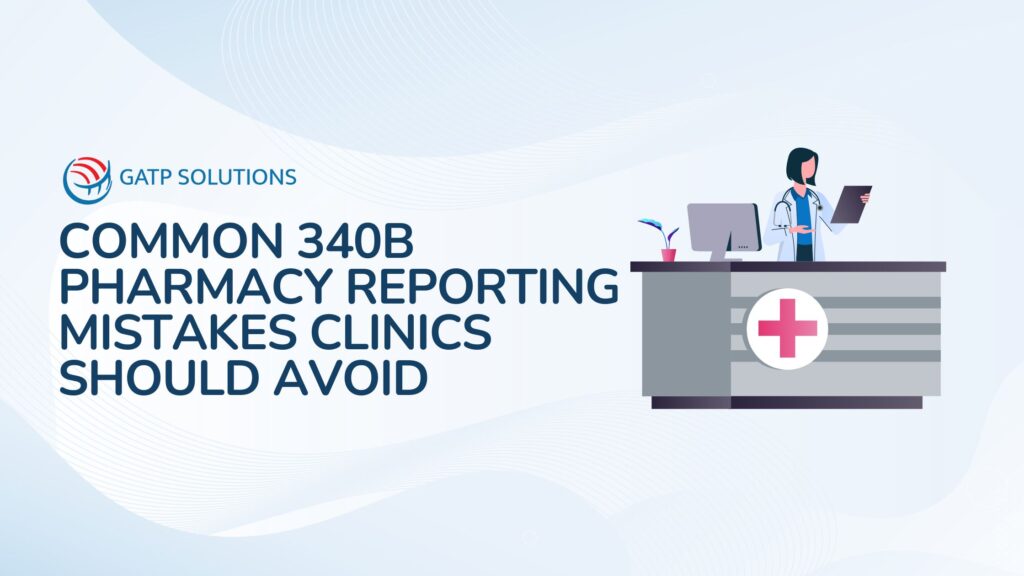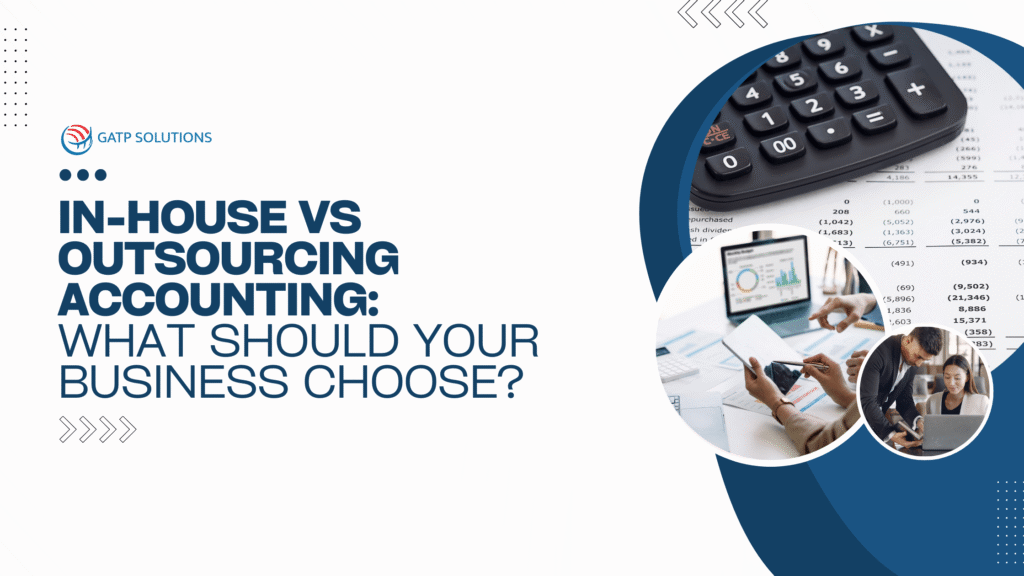Maximizing Your Earnings: Strategies for Managing Business Owner Salary
Introduction As a business owner, your earnings and salary potential are directly tied to the success of your company. Maximizing this potential requires a comprehensive understanding of the various factors that contribute to business owner salary, from the type of business you operate to government regulations and tax implications. With the right investment and money management strategies, you can not only increase your earnings and salary but also secure a stable financial future. In this blog post, we will explore the ins and outs of business owner salary and provide insights into how you can leverage this knowledge to take your business and financial goals to the next level. Understanding the nuances of business owner salary can be a challenging task, especially for those who are new to entrepreneurship. Fortunately, there are various resources and experts available to help you navigate this complex landscape. By educating yourself and seeking guidance from professionals (like GATP Solutions), you can make informed decisions that ultimately lead to increased business owner salary, earnings, and financial security. One of the keys to maximizing your earnings potential as a business owner is to stay informed and adaptable. As markets and industries shift, so should your strategies for your salary, earning, and retaining income. Here is the average salary of a business owner by state Different Types of Businesses The type of business you operate plays a significant role in determining a business owner’s salary and earnings potential. Each business structure has its own set of advantages and disadvantages, which can impact your overall income and financial stability. Sole proprietorships, the simplest form of business structure, involve a single individual who owns and operates the business. This type of business often limits the owner’s earnings potential, as they are solely responsible for all aspects of the company, including financial risks and liabilities. Partnerships, on the other hand, involve two or more individuals who share ownership and responsibility for the business. This type of structure can lead to higher earnings potential, as partners pool their resources, and expertise, and share financial risks. Corporations are more complex business structures that offer increased liability protection for their owners, known as shareholders. This type of business can lead to even greater earnings potential, as the company’s profits can be reinvested for growth or paid out to shareholders as dividends. Calculating Business Owner Salaries When determining your salary as a business owner, there are several factors to consider: Some common methods for determining business owner salaries include: Business Structure Salary Calculation Method Example Scenario Sole Proprietorship Fixed Salary A sole proprietor pays themselves a fixed salary of $50,000 per year. Partnership Percentage of Profits In a partnership with two owners, each partner receives 50% of the business’s profits. Corporation Performance-based Salary A corporate owner receives a $60,000 base salary, with additional bonuses based on the company’s financial performance. Government Regulations and Tax Implications Payroll Taxes As a business owner, you are responsible for paying payroll taxes on the salary you pay to yourself and your employees. These taxes, which include Social Security and Medicare taxes, must be withheld from your paycheck and reported to the government. Self-Employment Taxes If you operate a sole proprietorship or a partnership, as a business owner you will likely be responsible for self-employment taxes, which include Social Security and Medicare taxes on the salary. These taxes are calculated based on your net earnings and must be paid directly to the government. Corporate Taxes If you operate a corporation, you may be subject to corporate income taxes, which are paid by the company itself. Additionally, business owner are subject to personal income tax on any salary they pay themselves Understanding the various tax implications and regulations associated with your business structure and salary is key to maximizing your earnings potential and avoiding legal issues. Consulting with a tax professional can provide valuable insights and help ensure compliance with all applicable laws and regulations. Investing and Money Management Strategies In addition to understanding the ins and outs of business owner salaries, it’s essential to develop a solid investment and money management strategy. This will not only help you grow your wealth but also protect your financial future. One of the most effective ways to maximize your earnings potential is to invest in your business. This can involve purchasing new equipment, expanding your offerings, or employing new marketing strategies. By strategically investing in your company, you can foster growth and increase your income over time. Another key aspect of money management is diversifying your investments. This can include investing in stocks, bonds, real estate, or other business ventures. Diversification helps to mitigate risk and provides a more stable financial future. Finally, effective money management involves regularly revisiting and adjusting your strategy. This includes monitoring the performance of your investments, analyzing market trends, and making informed decisions that align with your financial goals. Benefits of Understanding Business Owner Salary A comprehensive understanding of business owner salaries offers several advantages: In conclusion, understanding the ins and outs of the business owner salary is essential for maximizing your earnings potential and securing a stable financial future. GATP Solutions continuously research different types of business structures, calculating your salary, staying informed about government regulations and tax implications, and developing sound investment and money management strategies, so you can set yourself and your business up for long-term success.
Maximizing Your Earnings: Strategies for Managing Business Owner Salary Read More »





